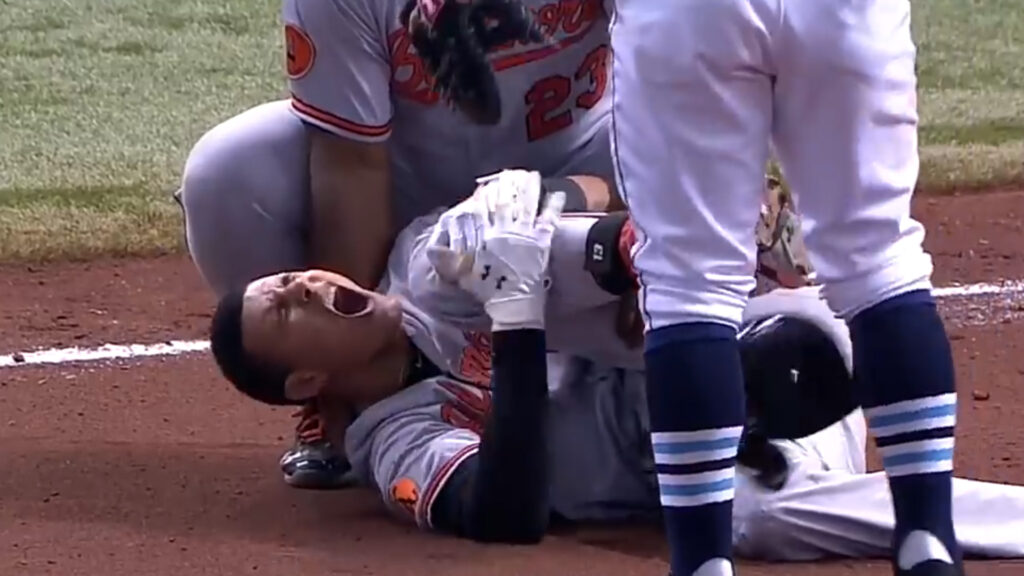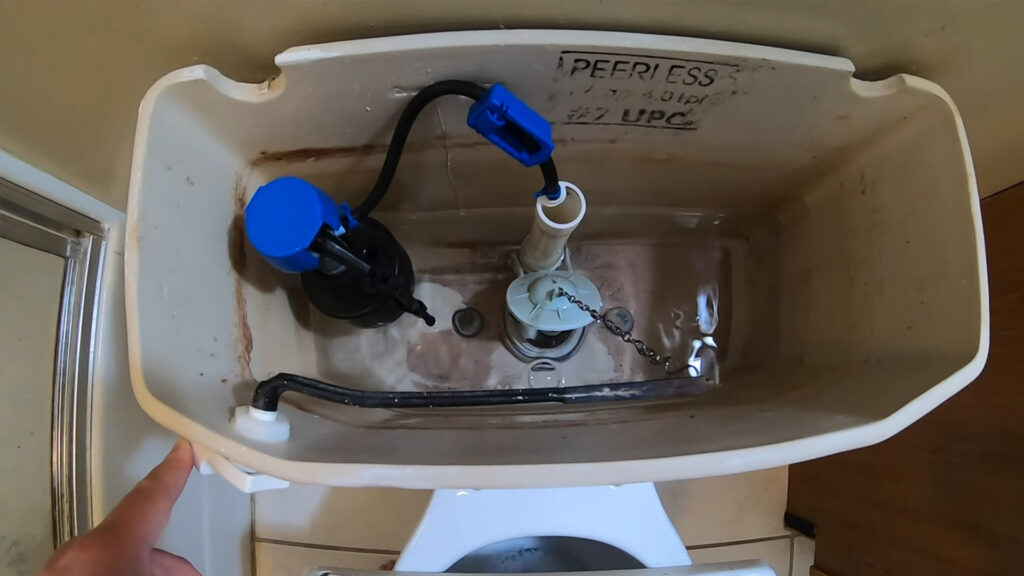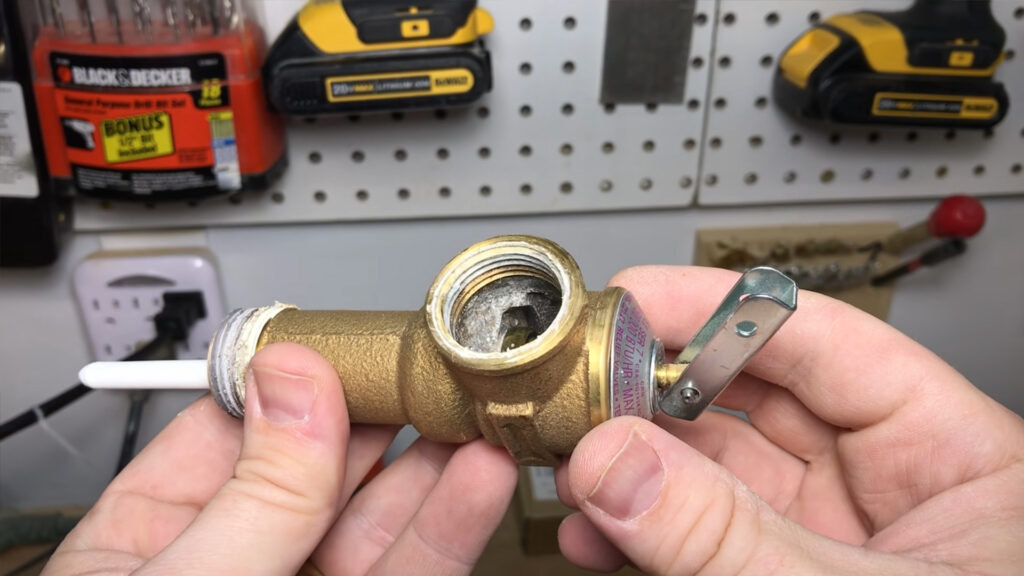Toilet leaks are often subtle, and one of the most common culprits is a faulty toilet flapper. This small, hidden part might seem insignificant, but when it fails, it can lead to expensive water damage and skyrocketing water bills. As a Philadelphia homeowner, it’s essential to be aware of how a leaking toilet flapper can affect your home and what you can do to prevent a costly disaster.
Understanding the Toilet Flapper and Its Importance
The toilet flapper is a rubber valve located at the bottom of your toilet tank. Its primary function is to seal the tank and prevent water from leaking into the bowl when the toilet is not in use. When you flush, the flapper lifts, allowing water to flow from the tank into the bowl, flushing away waste. Afterward, it falls back into place to reseal the tank, allowing it to refill for the next use.
Over time, flappers can deteriorate due to wear and tear, exposure to harsh cleaning chemicals, or simply age. A worn-out or misaligned flapper can cause water to constantly seep into the toilet bowl, leading to a slow leak that can be difficult to detect but costly over time.
The Potential Costs of a Leaking Toilet Flapper
A leaking toilet flapper can waste a significant amount of water—up to 200 gallons per day in some cases. For Philadelphia homeowners, this not only increases your water bill but also puts your home at risk for water damage. Prolonged leaks can damage your bathroom floor, subfloor, and even the ceiling below if the bathroom is on an upper level. Repairing this type of water damage can easily cost thousands of dollars, especially if mold begins to grow in the affected areas.
How to Test for Toilet Flapper Leaks Using Food Coloring
One of the simplest and most effective ways to check if your toilet flapper is leaking is by using food coloring. This quick test can save you from expensive water damage and high utility bills. Here’s how you can do it:
- Remove the Toilet Tank Lid: Start by carefully lifting the lid off your toilet tank. Place it on a flat surface to avoid breaking it.
- Add Food Coloring to the Tank: Choose a color that contrasts with the color of your toilet bowl water, typically red or blue. Add a few drops of food coloring into the water in the tank. Make sure to add enough so that the water changes color visibly.
- Wait and Observe: Wait for about 10 to 15 minutes without flushing the toilet. During this time, avoid using the toilet or adding any more water to the tank.
- Check the Toilet Bowl: After waiting, inspect the toilet bowl. If you see colored water in the bowl, it means your toilet flapper is leaking, allowing water to seep from the tank into the bowl. If the water in the bowl remains clear, your flapper is likely functioning correctly.
What to Do if You Detect a Leak
If the food coloring test reveals a leak, it’s important to address the issue promptly. You can try adjusting the flapper to ensure it’s properly aligned, but in many cases, a replacement is necessary. Flappers are relatively inexpensive and can be found at most hardware stores. However, if you’re not comfortable performing the repair yourself, or if you suspect the leak has caused water damage, it’s wise to contact a professional.
How Philly Damage Restoration Can Help
At Philly Damage Restoration, we understand the serious consequences that even a minor leak can have on your home. Our team specializes in identifying and repairing water damage, preventing further issues, and restoring your home to its original condition.
Why Choose Us?
- Experienced Technicians: Our team has years of experience in water damage restoration and can quickly assess the extent of the damage.
- State-of-the-Art Equipment: We use advanced technology to detect hidden water damage and ensure thorough drying and dehumidification.
- Comprehensive Service: From minor repairs to complete restoration, we handle every step of the process to give you peace of mind.
Don’t let a hidden leak turn into a costly disaster. Contact Philly Damage Restoration today to schedule an inspection and protect your home from water damage.







